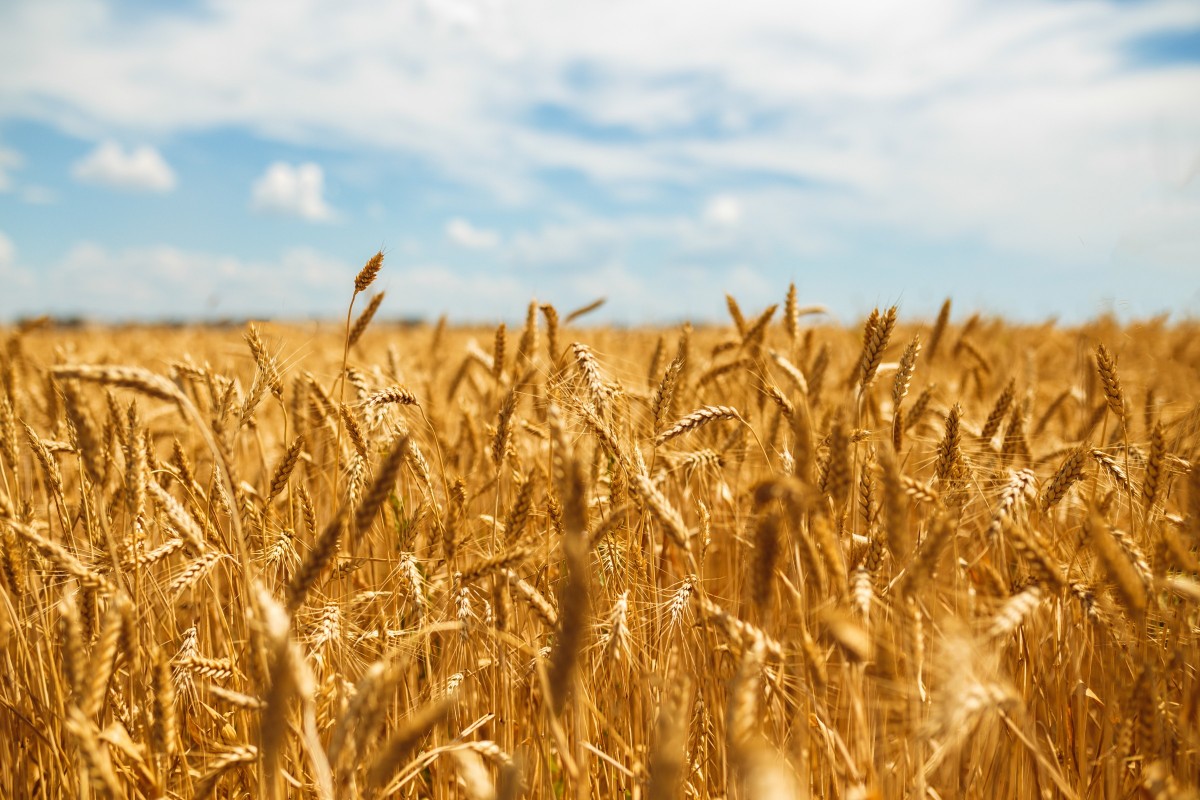WASDE Update: Global Wheat Stocks Tighten
Monday’s WASDE report from the USDA contained few surprises, with limited changes from the June release, and so overall was fairly neutral. The report was most supportive for wheat, with both US and global ending stocks for 2021/22 coming in lower than expected

Higher US output pushes global corn stocks up
The USDA increased its corn output estimate for 2021/22 by 175m bushels to 15.2b bushels. The increase was driven by a larger planting estimate, with acreage revised up by 1.6m acres to 92.7m acres, which would be the largest planted area since 2016/17, when acreage totalled a little over 94.1m acres. Yield estimates for 2021/22 were left unchanged at 179.5bu/acre, however, these will continue to be followed closely over the summer. Export estimates were revised up by 50m bushels to 2.5b bushels, whilst there was also a marginal increase in domestic consumption. Production revisions more than offset stronger demand, which sees US ending corn stocks for 2021/22 revised up from 1.36b bushels to 1.43b bushels. Ahead of the report, the market was expecting ending stocks in the region of 1.4b bushels.
In terms of the global balance, the USDA revised down Brazil’s 2020/21 corn output estimate from 98.5mt to 93mt on the back of the drought we have seen in the region, along with more recent frost. This is still slightly above the roughly 92.2mt the market was expecting. Despite the revision lower in Brazilian output, global ending stocks were revised down by just 0.7mt to 279.9mt for 2020/21, with demand estimates also revised lower.
For 2021/22, most estimates outside of the US were left largely unchanged. Global corn inventories are estimated to be around 291.2mt at the end of 2021/22 compared to a previous estimate of 289.2mt. This was driven predominantly by changes to the US balance. The market had been expecting global ending stocks for 2021/22 of around 289mt. Looking at demand, the USDA maintained its estimate for Chinese corn imports at around 26mt in 2021/22, which is unchanged year-on-year. There were some expectations that Chinese demand could slow, due to higher costs and the use of alternative feedstock.
Corn supply/demand balance
USDA
Soybean ending stocks above market expectations
The USDA left US soybean numbers unchanged from last month, with acreage remaining flat. The agency estimates US ending stocks of around 155m bushels in 2021/22, which was slightly above the roughly 148m bushels the market was expecting.
Globally, for 2021/22, the USDA increased inventory estimates for the end of the season by around 2mt on account of higher opening stocks. Ending stocks are estimated at 94.5mt, which is more than the roughly 92.5mt the market was expecting.
Soybeans supply/demand balance
USDA
Wheat is the standout, with inventories set to tighten
Despite an uptick in acreage for 2021/22, US wheat production estimates were revised down from 1.9b bushels to 1.75b bushels due to lower yields. The USDA estimates that wheat yields will fall to 45.8bu/acre (down 7.8% YoY), compared to the previous estimate of 50.7bu/acre. This reduction is mainly due to drought conditions in the Northern Plains. As a result, the US wheat balance is estimated to be tighter in 2021/22, with ending stock estimates revised down from 770m bushels to 665m bushels. The market had been expecting a reading of around 730m bushels.
Looking at the global balance, the USDA revised down wheat stocks at the end of 2020/21 to 290.2mt compared to its previous estimate of 293.5mt, on the back of stronger demand. The market was expecting a stocks number closer to 293mt.
Global ending stocks were also revised lower for 2021/22 by 5.1mt to leave them at 291.7mt, which was less than the roughly 295.5mt the market was expecting. Lower opening stocks, along with expectations for a smaller US crop were key to the revision. Production outside of the US is expected to improve, with Australia and EU production estimates increased by 1.5mt and 0.7mt, respectively, due to favourable weather. However, lower supplies from the US more than offset stronger production elsewhere.
Wheat supply/demand balance
USDA
Disclaimer: This publication has been prepared by the Economic and Financial Analysis Division of ING Bank N.V. (“ING”) solely for information purposes without regard to any ...
more


